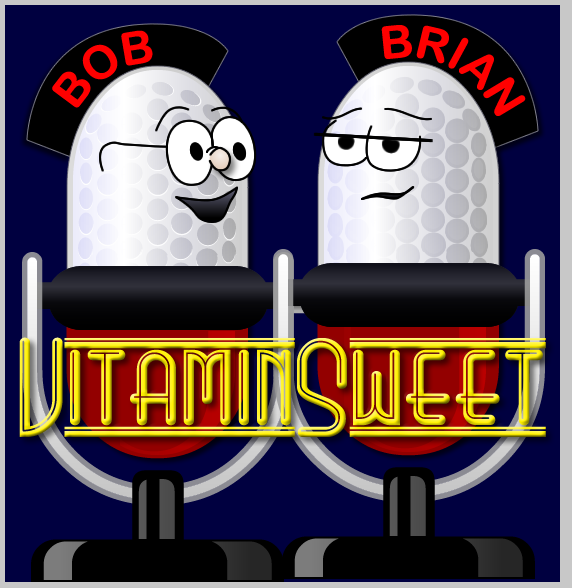ValidateThis 1.2 - Some Fixes and New processOn Feature
Posted At : April 5, 2012 9:56 AM | Posted By : Bob Silverberg
Related Categories: ValidateThis
Just a quick note to announce the release of version 1.2 of ValidateThis, an awesome validation framework for ColdFusion. This version includes a new feature: processOn (described below), as well as some small fixes contributed by John Whish and Dustin Martin.
processOn
This is a feature that was requested by some users which allows you to define a rule which can be processed on either only the server side or only the client side. You do so by adding the processOn attribute to your rule entity and giving it a value of either server or client. The default value is both, so if you leave this attribute off (as all legacy definitions will) it has no effect and your validations are enforced on both the client and the server.
For those of you still not intimately familiar with the framework, here are some resources to help you out:
- The main home of the framework is www.validatethis.org, which includes an online demo and links to all of the following.
- The framework can be downloaded from the ValidateThis RIAForge page.
- Online documentation is available at www.validatethis.org/docs.
- API documentation is available at www.validatethis.org/docs/api.
- There is a Google group available for asking questions, making suggestions, and general discussion at groups.google.com/group/validatethis.
- The source code is hosted at GitHub, and contributions are always welcome.






